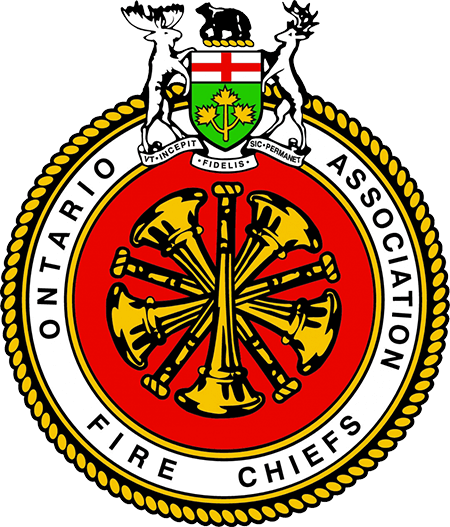On the cold winter night that my 24-year-old sister Frances last lay down to sleep, she never realized she had spent her last day on earth.
In all likelihood, it won't occur to you either.
That was back in 1985 in my hometown of Sarnia. At that time, Sarnia had only three fire stations — one less than North Bay has today. In 2018, Sarnia has five — and both cities have more, and better trained firefighters. So you might think it logical to assume that you're safer from fire than Frances was, all those years ago.
Frances lived only a three-minute "run" from Sarnia's main fire station. As fire department response times are measured province-wide, that's excellent. But by the time Sarnia Fire Rescue arrived at my sister's home, she had already been dead for about one minute. Two minutes is all it took for the fire that ignited from the wiring in her walls to reach 1,150 degrees and to produce the thick, black cloud of carbon monoxide that stole her young life.
Frances died in an unprotected home — it had no smoke detector. Later, smoke detectors became mandatory in all Ontario homes. You almost certainly have at least one in yours. But, as North Bay Deputy Fire Chief Greg Saunders will tell you, there's more to it. Greg can tell you about all the times that firefighters have entered the charred, blackened ruins of a home to find dead bodies guarded by smoke detectors armed with dead batteries.
Last month, we sprang forward to Daylight Savings Time. That's when firefighters urge the public to check the batteries in their home smoke detectors.
Did you check yours? If not, you're rolling the dice every time you lay down to sleep — just like Frances did.
Four hundred people die in Canada every year from fires, and most of them occur between midnight and six a.m. Last month alone, North Bay firefighters responded to five structural fires — fires which included a fatality.
Worse, today's house fires burn faster and hotter than they did 33 years ago. And the fumes they generate are far more toxic than the ones that killed Frances in about two minutes.
Six years ago, my wife and I moved into a brand-new townhouse. The kitchen, dining room and living area are contained in an open-concept design. New technologies in lightweight, engineered roof trussing permit home builders to construct custom homes that offer 30 feet of open floor space.
But Sean Tracey, an Ottawa deputy fire chief and Canadian director of the National Fire Protection Association (NFPA), says that the new designs pose hazards to homeowners and firefighters alike.
"A truss roof can collapse in six minutes," Tracey said, adding that some home builders may not be fully aware of the increased fire hazard.
"The reality is," Tracey added, "none of these truss designs are actually tested for their fire performance and there's no requirements under building codes for how they perform in a fire."
Modern home furnishings, from couches to carpets and from drapes to mattresses, are full of fast-burning synthetics. Thirty years ago, you had about 15 minutes to escape a fire. Now it's down to less than two minutes.
Tracey, like many professional firefighters, thinks one answer to the increasing hazards lies in home sprinkler systems. Common in commercial buildings, they are still a rarity in North Bay homes.
Part of the problem is that home sprinklers are misunderstood. Unlike smoke alarms, they are activated by heat, not smoke from burning toast. Usually, only the sprinkler closest to the fire is activated, and they use 1/8th to 1/10th the amount of water that would be used by firefighters.
Also, and surpassing many Ontario fire services, North Bay firefighters have taken the lead in promoting fire suppressing misting systems. These utilize even less water, spraying a fine mist that displaces oxygen by evaporation. The resultant steam will effectively smother a fire.
Home sprinklers and misting systems can control a house fire in its early stages, as firefighters are responding.
The cost? Well, it's certainly far less a burden than the irreplaceable loss of Frances.
But home insurer Steve Haws of Adjusters SSA Limited in North Bay says that sprinkler systems in city homes are still unusual. Haws believes that the cost/benefit ratios are not only misunderstood by the public, but even by some home insurers.
The statistics, however, are impressive. According to the NFPA's Fire Sprinkler Initiative, fires were kept from spreading beyond the room of origin 97 per cent of the time when home sprinklers were present.
Those numbers represent a significant saving in lives and property.
As Deputy Fire Chief Greg Saunders will remind you, when it burns, it never returns.
Link to original article in North Bay Nippissing News: North Bay resident states compelling case for home sprinkler systems
